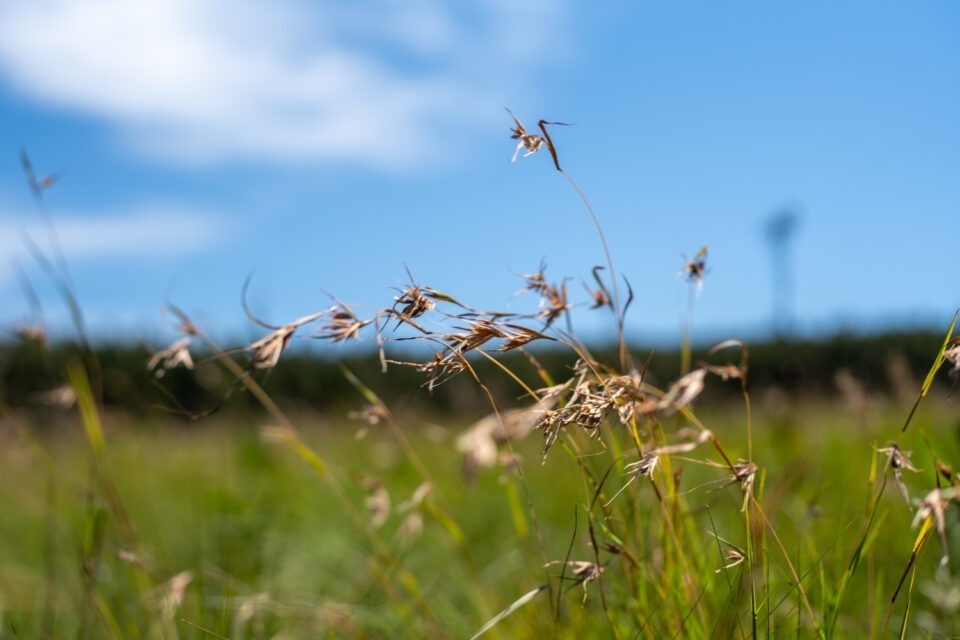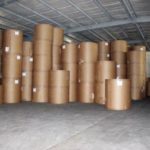JOHANNESBURG – MAY 21, 2024 – According to the World Economic Forum, biodiversity loss and ecosystem collapse is one of the top five risks facing world economies.
Biological diversity, or biodiversity, is the diversity within species, between species and of ecosystems. It is essential for all processes that support life on the planet, including the very beings that have caused more than 83% of habitat loss – humans. This decline is exacerbated by climate change altering weather patterns faster than ecosystems and species can evolve to match them.
With global biodiversity declining faster than at any other time in human history, something needs to be done – and an unlikely industry in the minds of many pits itself as part of the solution when it comes to conserving South Africa’s biodiversity assets.
According to Dr Ronald Heath, Director of Research and Protection for Forestry South Africa (FSA), “Propelled by human activity, the unsustainable use of natural resources and the over-exploitation of species, the ‘sixth mass extinction’ is not a futuristic ideology; it is upon us! And the days of relying on conservationists to solve the problem is over.
“Responsible forestry provides a great example of the conservation potential of multifunctional production landscapes when managed responsibly,” adds Heath.
A recent survey revealed that 61 000 hectares of indigenous forest and more 171 000 hectares of grasslands and connected wetlands are being proactively managed by the South African forestry sector, ensuring biodiversity and ecological networks within a production landscape are preserved. These areas provide refuge for an array of animals, birds, plants and micro-organisms.
Forestry South Africa (FSA) is the industry association that represents forestry corporates, medium timber farmers and small-scale timber growers. By working in partnership with conservation agencies and NGOs, the sector is helping to conserve many rare and threatened ecosystems and species found within its landholdings.
“Our local forestry landscape stretches across 1.7 million hectares, or 1% of the country’s landmass. Only 70% (1.2 million hectares) is planted with trees that supply timber, pole, pulp, paper and packaging markets,” he says.
The rest remains unplanted, and more than 305 000 hectares are managed in their natural state within forestry landholdings. This mosaic of natural spaces and forestry landscapes that presents a patchwork appearance from above, provides a web of conservation corridors.
Marking International Day of Biological Diversity with a video and interactive map on biodiversity across forestry landscapes
FSA is marking International Day of Biological Diversity, 22 May 2024, by releasing a video explaining how a productive landscape like forestry and biodiversity-rich conversation areas can work in tandem.
“We have also created an interactive map to showcase some of the incredible biodiversity based initiatives happening within the forestry landscape,” notes Heath.
The map gives a view of various collaborative endeavours, with some in existence for more than two decades.
In 1999, MTO Forestry commissioned several studies to establish the health and situation of Hewitts Ghost Frog colonies. Since then it has evolved a set of practices that minimise the impact on the frogs and boost their numbers. MTO’s Knysna Sand Fynbos project is another success story, involving the conversion of 68 hectares of plantation to this critically endangered ecosystem type.
The three-decade strong WWF-Mondi Wetlands Programme focuses on the proactive and responsible stewardship of forests and freshwater ecosystems, and the maintenance of important habitats. Mondi now manages around more than 15,000 hectares of wetlands on its South African landholdings.
Sappi has seven declared nature reserves on its landholdings in Mpumalanga and KwaZulu-Natal provinces, with a combined 6,320 hectares. One of these is Clairmont Mountain Nature Reserve, declared in 2012. Home to 10 red data species such as Denharm Bustards, Pennington’s Protea Butterfly, Red Stinkwood and Cape Parrots, the reserve also encompasses Drakensberg Foothill Moist Grassland and Bushman paintings. These reserves are part of South Africa’s Biodiversity Stewardship Programme, managed by the South African National Biodiversity Institute (SANBI).
NCT Forestry and Agricultural Cooperative is looking after the Lenjane Conservation Area, which comprises the Paulpietersburg Moist Grassland and Eastern Mistbelt Forest. The aim of the reserve is to maintain and improve the biodiversity value of this non-commercial area.
Heath admits that the sector has not been good at is communicating these successes and making people aware of the conservation value of its landholdings.
“By shining a light on the environmental stewardship of our sector, we might inspire other sectors to dedicate a proportion of their landholdings for conservation and the preservation of South Africa’s rich and unique biodiversity.”




